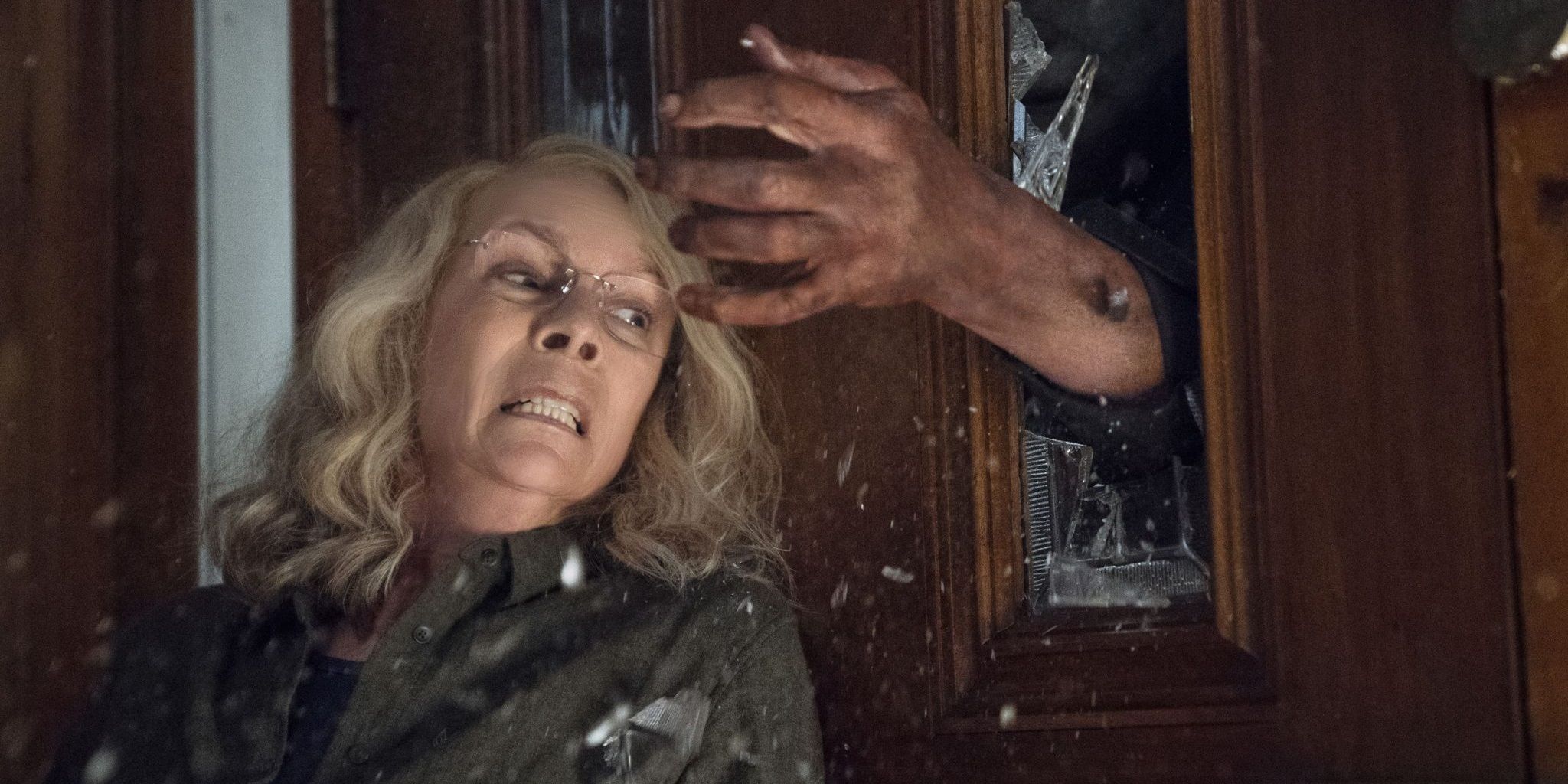
David Gordon Green’s Halloween (2018), intended as a direct sequel to the original Halloween by John Carpenter, was reasonably well-received, making $255 million from a $10 million budget. Including the original 1978 film, there are currently 11 Halloween movies, and according to Green, he plans to make two more before he’s done with the franchise, Halloween Kills and Halloween Ends. The 2018 film was intended to be the first of a trilogy following Laurie, her granddaughter Allyson, and of course, Michael Myers. Halloween Kills is projected to be released in October of this year.
Before starting work on the first movie in this Halloween trilogy, Green was actually planning to remake another classic horror film, Suspiria. In 2008, Green and production sound mixer, Chris Hubert, wrote a script for the film and Green was planning to direct it. He was working on the project for Luca Guadagnino, who was initially supposed to produce the film.
RELATED: David Gordon Green: Halloween Kills Is About 'Misinformation'
There were announcements that shooting would begin in 2010, but nothing happened until 2012, when Crime Scene Pictures was announced as a producer. At this point, shooting was supposed to begin in September of 2012. In 2013, Green reported that the film was in development hell as a result of legal issues. At this point, the project was as good as dead, until 2015 when Guadagnino replaced Green as director. His Suspiria also came out in 2018, just days after Green’s Halloween.
Green has said that he loves both Suspiria and Halloween and seeing the two films as a child shaped the person and director that he became today. But unfortunately, what he envisioned for his remake of Suspiria was just too expensive, which was also part of the reason why it couldn’t be made. From what Green has said about what he wanted the film to be, it would have required the creation of beautiful and elegant set designs, mirroring what is present in the original film, and that certainly would not have been cheap to make.
Guadagnino’s Suspiria is interesting in comparison to the original. It retains the notions of witches at dance school, but almost nothing else from Dario Argento’s original film. Arguably, the most critical aspects of Argento’s Suspiria are the production design, the highly saturated color grading, and the sound design. In direct comparison to Argento’s Suspiria, Guadagnino’s may as well be a black and white, silent film.
Having seen both Guadagnino’s and Argento’s Suspira, one might wonder how Green’s iteration could have differed. Green has said that his version would have been at an all-girls school as opposed to the ballet academy, which Guadagnino also changed to a school of dance as opposed to explicitly ballet. The aspect of dance does seem like an important aspect for Green to go away from, but in Argento’s original, there is little focus on the dance, and the characters rarely actually dance on screen.
One thing Guadagnino does well in his version is how he associates the ideas of dance with witchcraft, and movement coincides with the casting of spells throughout the film. However, if Green had been able to maintain at least some of the aestheticism of the original, even if the film didn’t involve dance at all, it surely would have been a truer homage to the Argento film than Guadagnino’s version was.
Green stated that his film would have been respectful of the original, and that he wanted to make something that didn’t just follow the popular trope of footage that is styled to look like it’s raw or found. The original Suspiria juxtaposes greatly from this fad in modern horror films, and even from most horror films in general. The whole movie is so bright and vibrant and just visually stunning, whereas most horror movies are dark and dreary, as Guadagnino’s remake is.
The sound design is another aspect of Suspiria that Green likely could have better embodied, as he wrote the movie with his sound designer. Guadagnino’s version has virtually no interesting music, and at points of the film, the dance teachers even tell the dancers to dance without music. The film almost seems to suggest that Guadagnino saw the original Suspiria and didn’t like anything that made it unique or memorable, then remade it so that it was just another generic horror film.
It is true that Guadagnino’s film is nothing like the original, although in some ways, this could be a good thing. It may not have had the appeal of the original film, but what is nice about that, is that this version was not just the original Suspiria again, as so many reboots, remakes and sequels tend to be. Perhaps if there are directors working on remakes of films that they don’t necessarily like in the first place it gives the opportunity for these directors to make something new. This is a small way in which new (or at least new-ish) content can be made in what often feels like the otherwise spinning wheel of mainstream Hollywood cinema.
Horror films have often been written off as a ‘lower’ genre of film, rarely receiving any critical acclaim. However simultaneously, horror is one of the most commercially popular genres. Although as time goes on, the genre seems to be getting better respected by the critics. Of course, there are the classics like Halloween and Suspiria, but recent films like Get Out (2017), Hereditary (2018), and His House (2020), have also done a lot to bring recognition to the genre. Guadagnino’s Suspiria does even feature some excellent acting from Tilda Swinton, playing the role of Madame Blanc, Helena Markos, and even a male character, Dr. Klemperer. And although the 2018 Suspiria still may not be on the same level as Hereditary, who is to say that Green’s version would have been?
MORE: Wes Craven's Favorite Horror Movie Villain Wasn't One Of His Own

